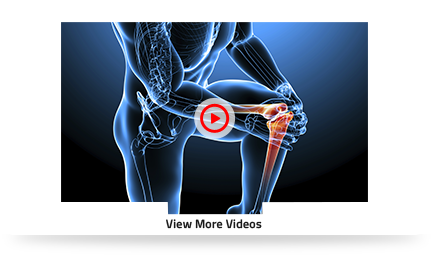Wrist Ligament Reconstruction

The human wrist is made up of small bones joined together by a band of tough fibrous tissue known as ligaments. Ligaments also join the bones in our wrist to the radius, ulna, and metacarpal bones, and aid in the proper functioning of our wrist. Any injury to the ligaments disturbs the normal alignment of our wrist bones causing them to wear out faster, resulting in significant pain and eventually leading to arthritis.
Surgical treatment in the form of wrist ligament reconstruction may be indicated in cases where the wrist ligament is completely torn. The ligament usually will need to be reconstructed when ligament damage is noted after a period of 6 months or more after the initial injury.
Ligament reconstruction procedure can be performed as day surgery under local or general anesthesia.
During the procedure, your surgeon first makes an incision over your wrist joint to locate the torn ligament. Once located, a tendon graft (tissue obtained from a donor part, usually the palmaris longus tendon of the same wrist) is used to replace the torn ligament. The tendon is harvested through the bottom of your wrist via one or two minor incisions. Your surgeon may then place metal pins to support the repair while healing occurs. The surgical incisions are closed, and a dressing is applied. The pins are usually removed 6 to 8 weeks after the surgery. Your doctor will guide you through your post-operative period including wound care, medications, activity restrictions, and follow-up.
After the surgery
- Your surgeon will place a cast or a splint that immobilizes the wrist until it is healed completely.
- The operated wrist should be elevated to prevent excessive swelling and pain.
- Ice wrapped in a cloth can be applied over the operated area which helps to reduce swelling
- You will be prescribed antibiotics to prevent infection and medications to reduce pain.
Always remember to keep the operated area clean and dry to prevent infection.
Some of the risks possible after wrist ligament reconstruction include infection, swelling, damage to the nearby nerves or tissues during surgery, irritation from foreign material such as pins, and stiffness which can be treated through post-operative rehabilitation. Exercises are performed to strengthen the wrist and rebuild your strength.

